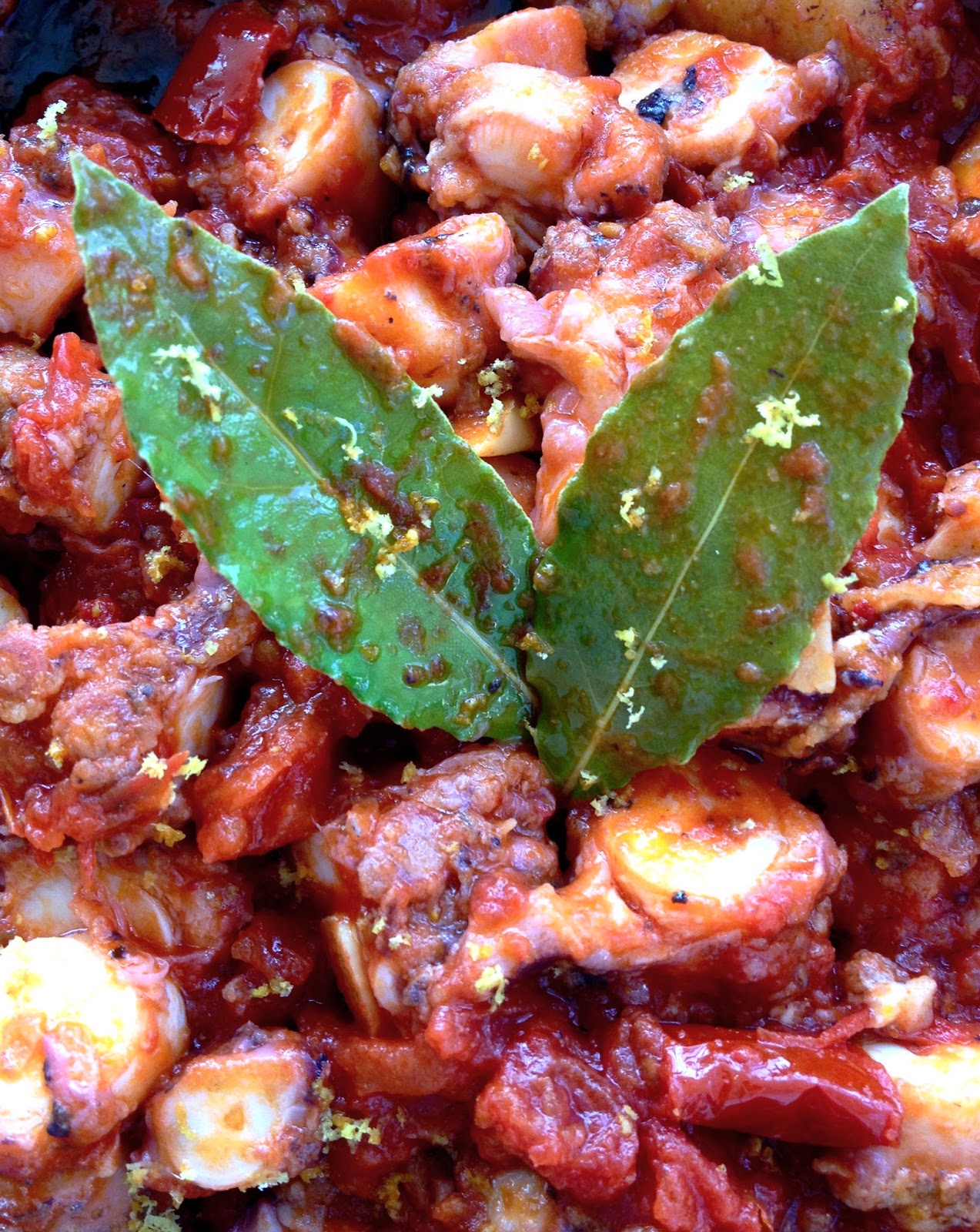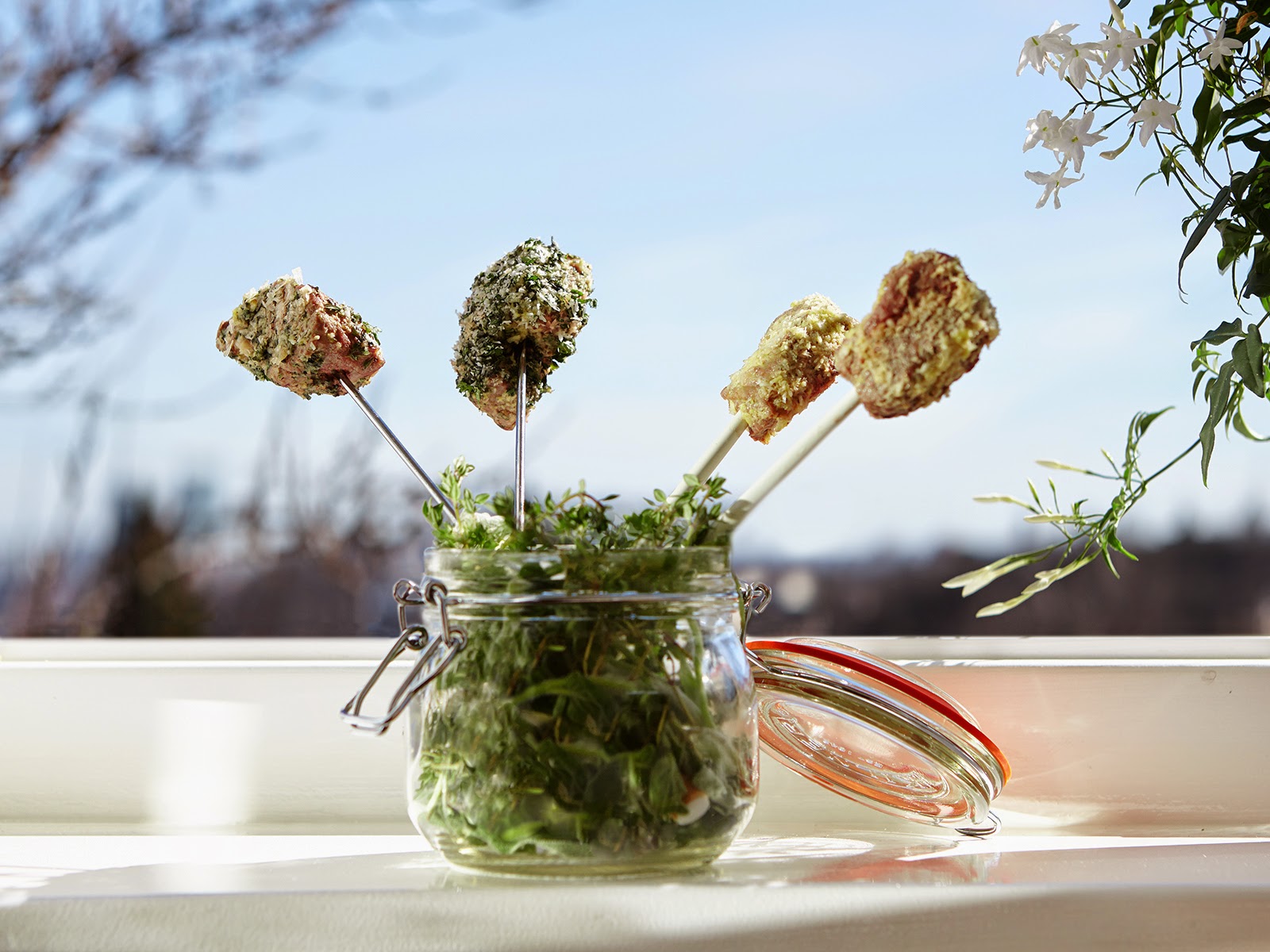Right up there with the White Alba Truffle in reputation , Bottarga is one of the true gastronomic gems to hail from Italy. It is a very simple product born out of the need in prerefridgeration days to preserve foodstuffs using salt. Bottarga is the egg sack of certain marine fish. The roe is prepared by salting, pressing and drying for up to 6 months in cool well aired rooms. There are two types, Bottarga di Tonno (Tuna) and the more prized Bottarga di Muggine (Grey Mullet). Tuna bottarga is mostly produced in Sicily (it is sometimes referred to as Sicilian Caviar) and in Carloforte, where the now much declined Tuna fishery is based. It is grey in colour and has a stronger, saltier more robust flavour than that of the Grey Mullet. The best examples of mullet bottarga come from Sardinia.
Grey Mullet is one of the staple fish harvests all over the Mediterranean. Looked down on by some due to its distasteful habit of congregating by sewage outlets to feed, it has a lovely delicate white flesh. The Sardinians claim to have the fattest most flavoursome examples in Italian waters and the best time to harvest them is in August and September, when the hen fish are full of roe. The egg sacks are removed with the utmost care to avoid piercing; they are then salted and pressed in to the characteristic oblong shapes before drying. The finished product is amber to dark brown in colour and firm and waxy in texture. They are delicately flavoured, unmistakeably fishy but more subtle than the Tuna bottarga.
The best way to eat bottarga is raw. Sliced thinly and drizzled with good unfiltered extra virgin olive oil and lemon it makes a delicious, fresh and clean tasting antipasto. It also tastes, for the more profligate, wonderful with pasta. Here's a recipe to pair bottarga with another gem of Sardinian's culinary tradition: lorighittas! A beautiful type of pasta which, thanks to its shape, works perfectly with this type of ingredients.
Ingredients:
Lorighittas 400gr
Bottarga crumbles 40 gr
Courgette 1 large
Sheep Ricotta 160 gr
Garlic 4 cloves unpeeled
Extra Virgin Olive oil
White wine 1 dcl
Dried chilly pepper 2 small
Salt
Freshly ground pepper
Vegetable stock 2 dcl
Method:
In a deep saucepan heat some EVO Oil and toss in garlic cloves. Cut a courgette in 4 parts and then in thiny slices. Add to the saucepan. Crush the chilly and add it as well, then stir frequently the courgettes. Cook for about 15 min.
In the meantime, in a large casserole, bring water to boil and then add salt and throw in the lorighittas. Cook for about 11 min.
In the meantime add white wine to the courgettes and let evaporate alcohol. Lower the heat. Add the vegetable stock and 1/3 of the bottarga crumbles.
Once the lorighittas have been cooked for 11 minutes, drain them and add to the saucepan, making sure there's enough vegetable stock.
Cook for 4/5 min untill lorighittas are aldente.
Turn off the flame and toss in the ricotta and let it melt stirring frequently. Adjust with some freshly ground pepper.
Serve adding the rest of the bottarga crumbles and a drizzle of EVO oil.









































